Welcome to the world of Zone 8 gardening, where warmth and sunshine create an ideal environment for cultivating a thriving garden.
If you're fortunate enough to reside in this climate, get ready to discover 10 proven strategies that will help you unlock the secrets to gardening success.
Let's uncover the practical tips you need to create a flourishing garden in Zone 8!
1. Mulching
Apply a layer of organic mulch around your plants.
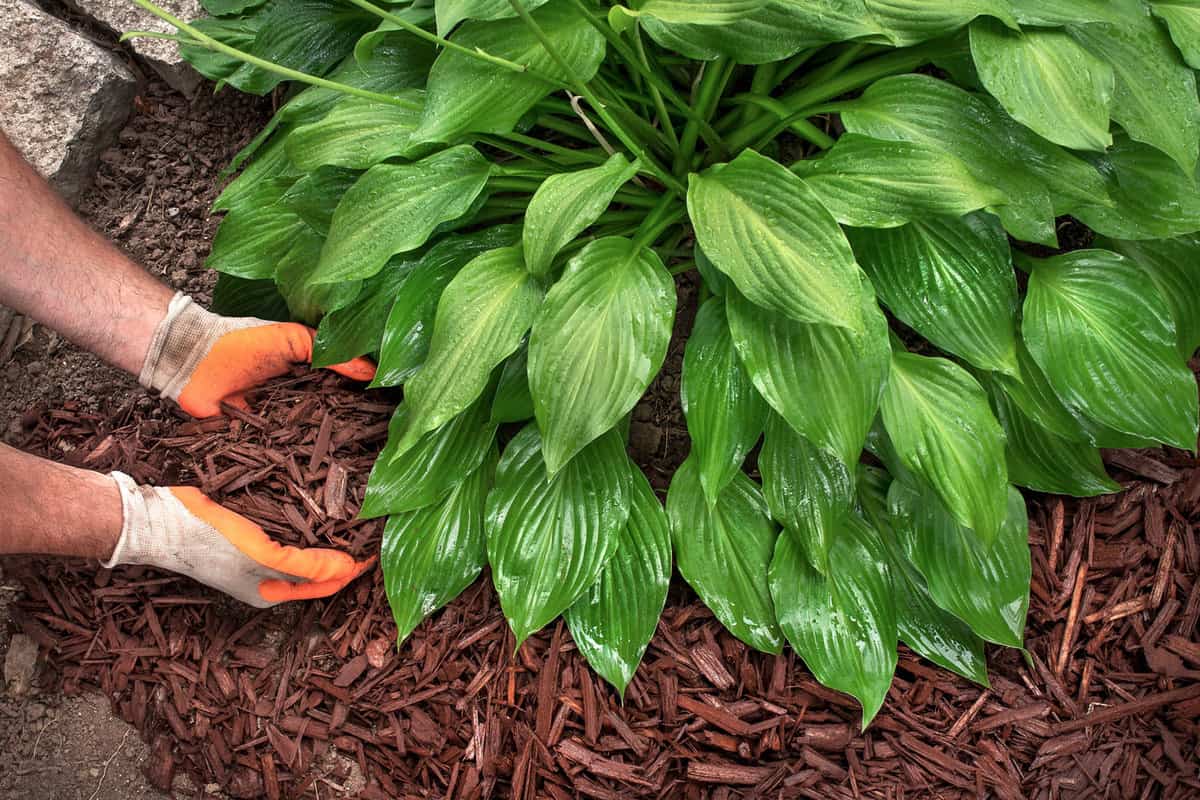
Mulch acts as a moisture saver and shields the soil from excessive heat, keeping it cool and helping your plants stay healthy.
Plus, it reduces weed growth, saving you time and effort in maintaining a beautiful garden.
2. Watering
Water deeply but infrequently in Zone 8. Give your plants a thorough soak a couple of times a week instead of shallow watering every day.
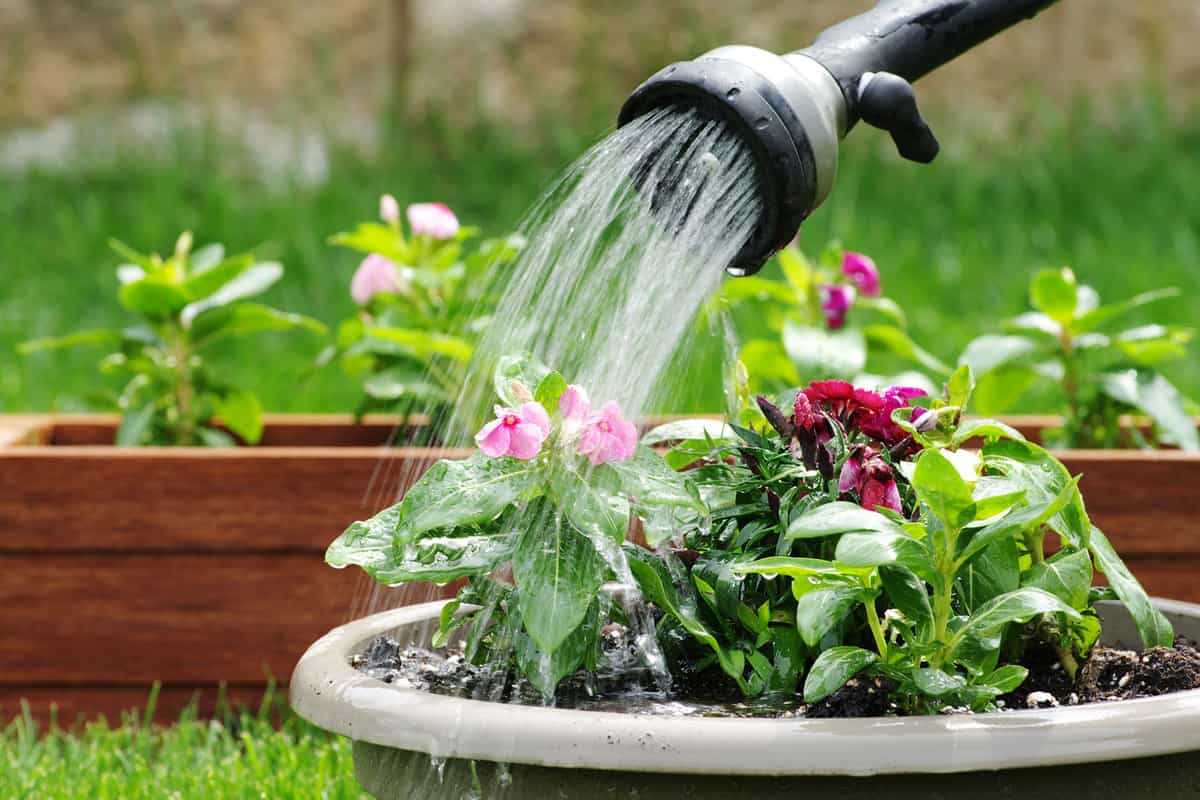
This encourages their roots to grow deep, making them more resilient to drought conditions.
Remember to water early in the morning to minimize water loss through evaporation.
3. Timing is Key
Know the first and last frost dates in Zone 8 to optimize your planting schedule.
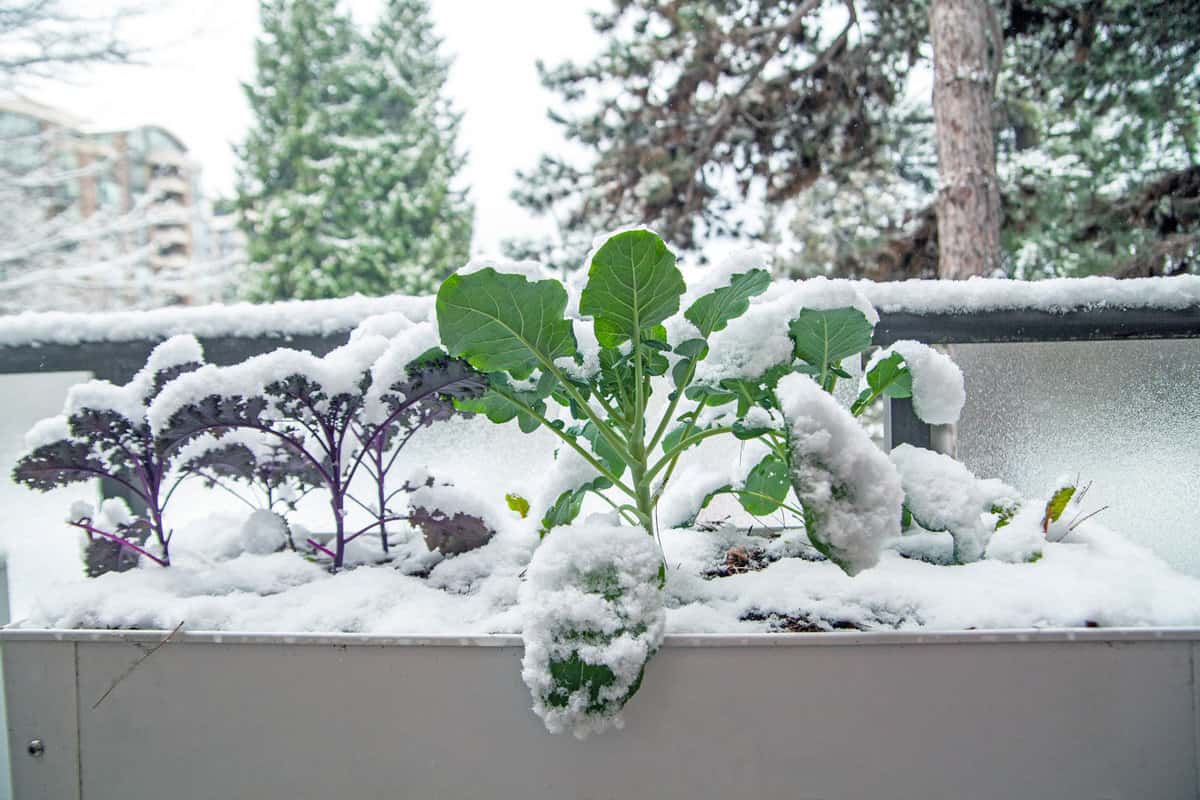
Start seeds indoors or prepare the soil ahead of time to make the most of the extended growing season.
By aligning your gardening activities with the local climate, you'll give your plants the best chance to flourish and produce abundant harvests.
4. Create Shade Retreats
In Zone 8's hot summers, give your plants relief by strategically planting trees and using shade cloth.

Not only will this protect more delicate plants, but it also provides you with a cool and pleasant spot to relax amidst the heat.
Experiment with shade-loving plants like ferns and hostas to add a refreshing touch to your garden oasis.
5. Boost with Compost
Give your garden a nutrient boost by enriching the soil with compost. Composting improves soil structure, enhances moisture retention, and provides essential nutrients for your plants.

In Zone 8's sunny climate, compost acts as a natural reservoir of moisture, helping your plants withstand dry spells and thrive.
6. Mind Your Pathways
Avoid surrounding your garden beds with crushed stone, brick, or concrete paths. These materials absorb and release heat, making your garden hotter even after the sun sets.
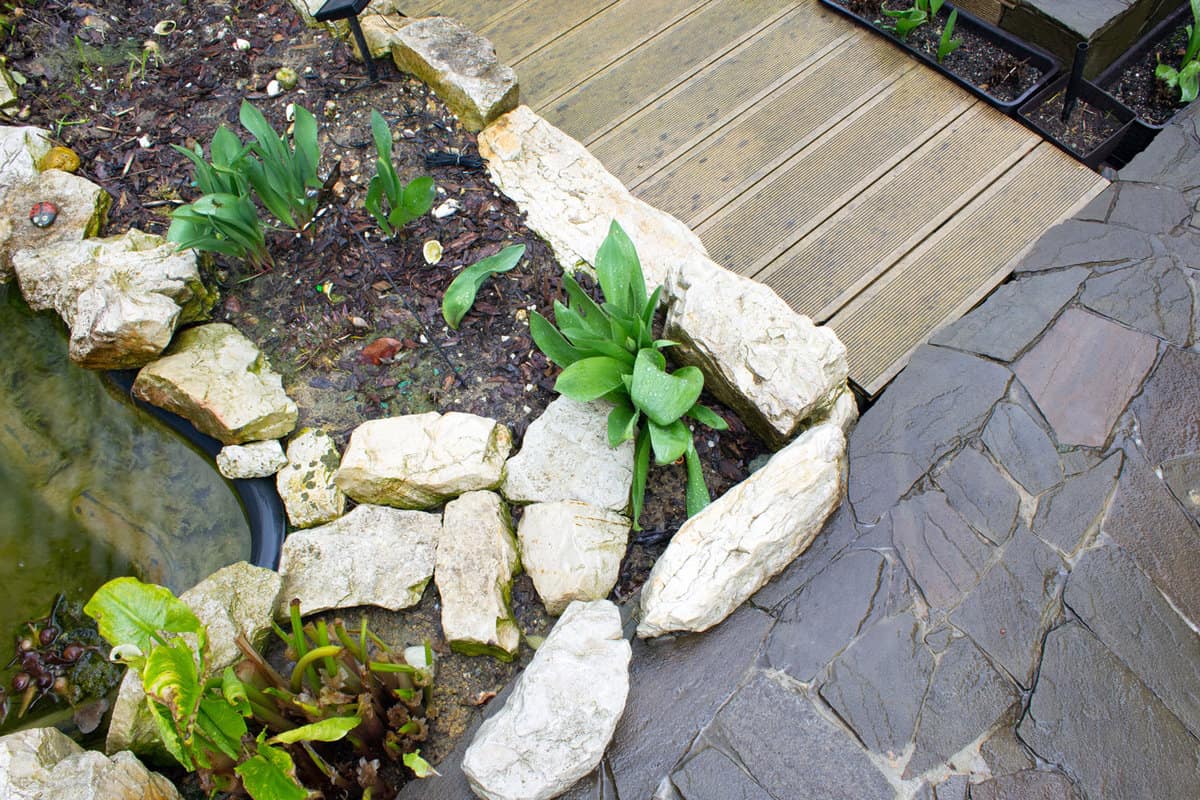
Opt for lawn grass or organic mulch around your garden beds to keep the temperature down and create a cooler microclimate.
7. Harvest Ripe Fruit Promptly
To reduce heat and water stress on your plants, keep ripe fruit well-picked. Fruits like tomatoes, melons, and peppers require large amounts of water.
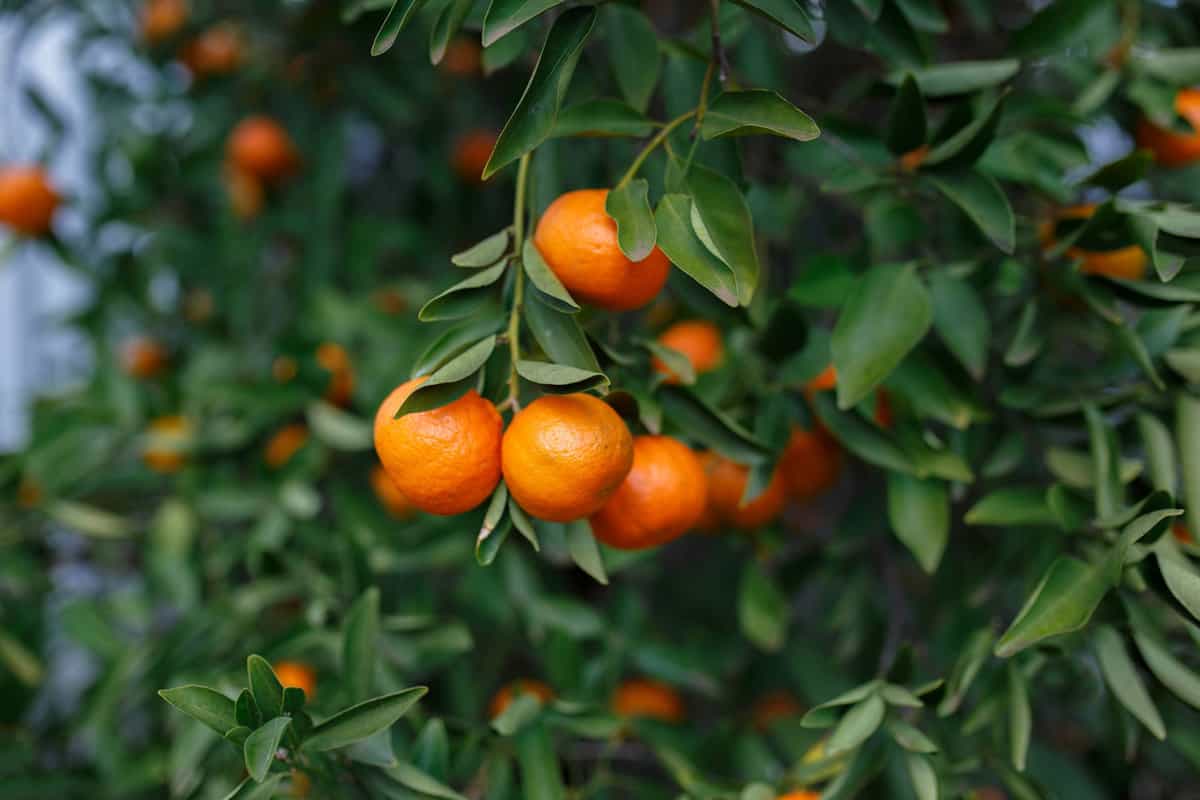
Harvest them frequently, including damaged fruits, to minimize water demands and maintain plant health.
8. Give Plants Space
Consider spacing your plants farther apart. When plants are too close together, they compete strongly for water, which can lead to stress during extreme heat.
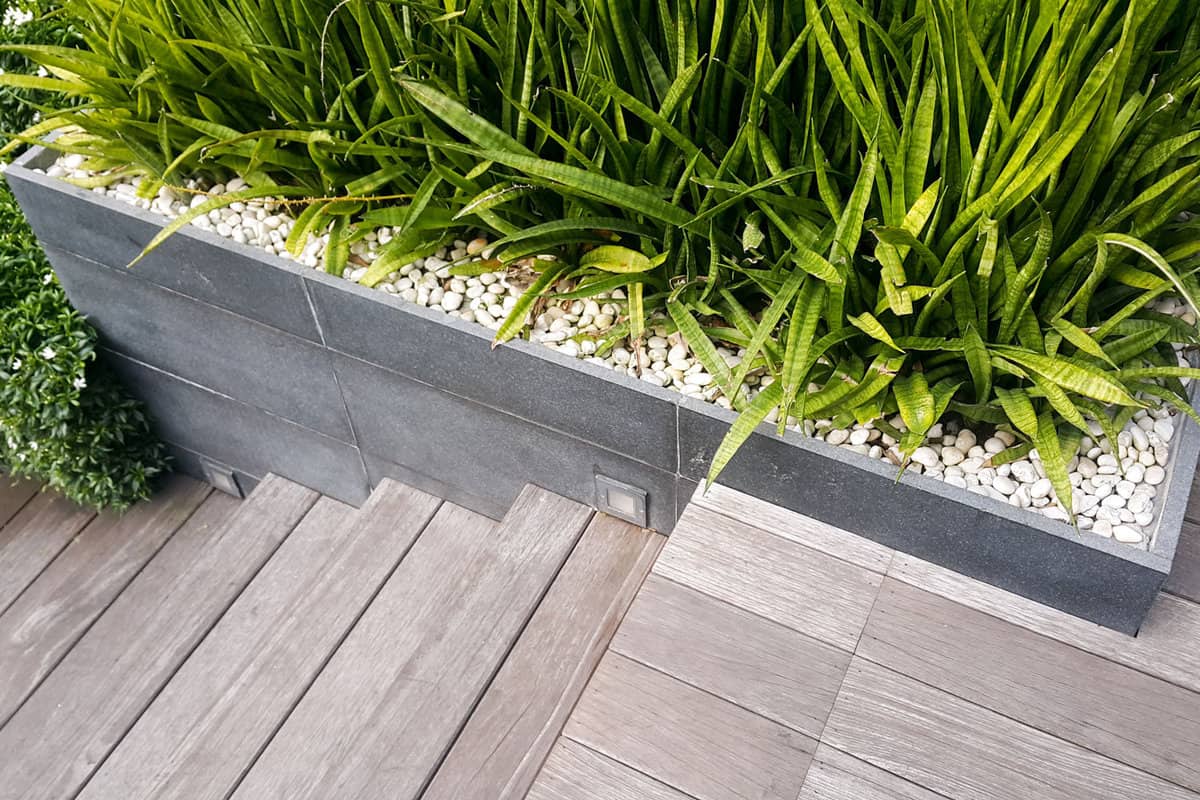
Providing ample spacing allows each plant to access the water it needs and reduces the likelihood of water shortages.
9. Raised Beds Considerations
In hot climates, it's advisable to avoid tall raised garden beds if possible. Raised beds warm up faster and dry out more quickly, which can be a disadvantage in hot zones.
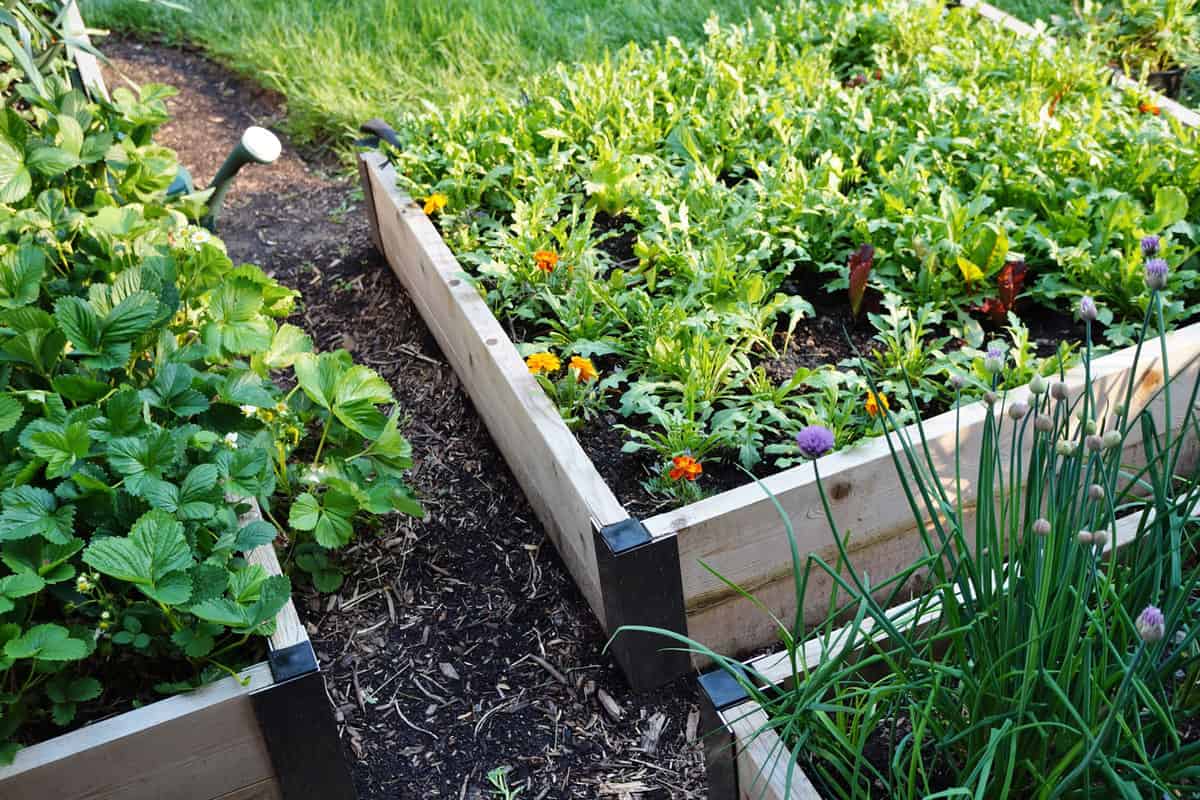
Instead, focus on improving the soil deeper down in the ground, where it remains cooler and moister.
10. Trellis with Care
If you need to trellis your plants due to space limitations, be mindful that trellised plants lose moisture more rapidly than those growing on the ground.
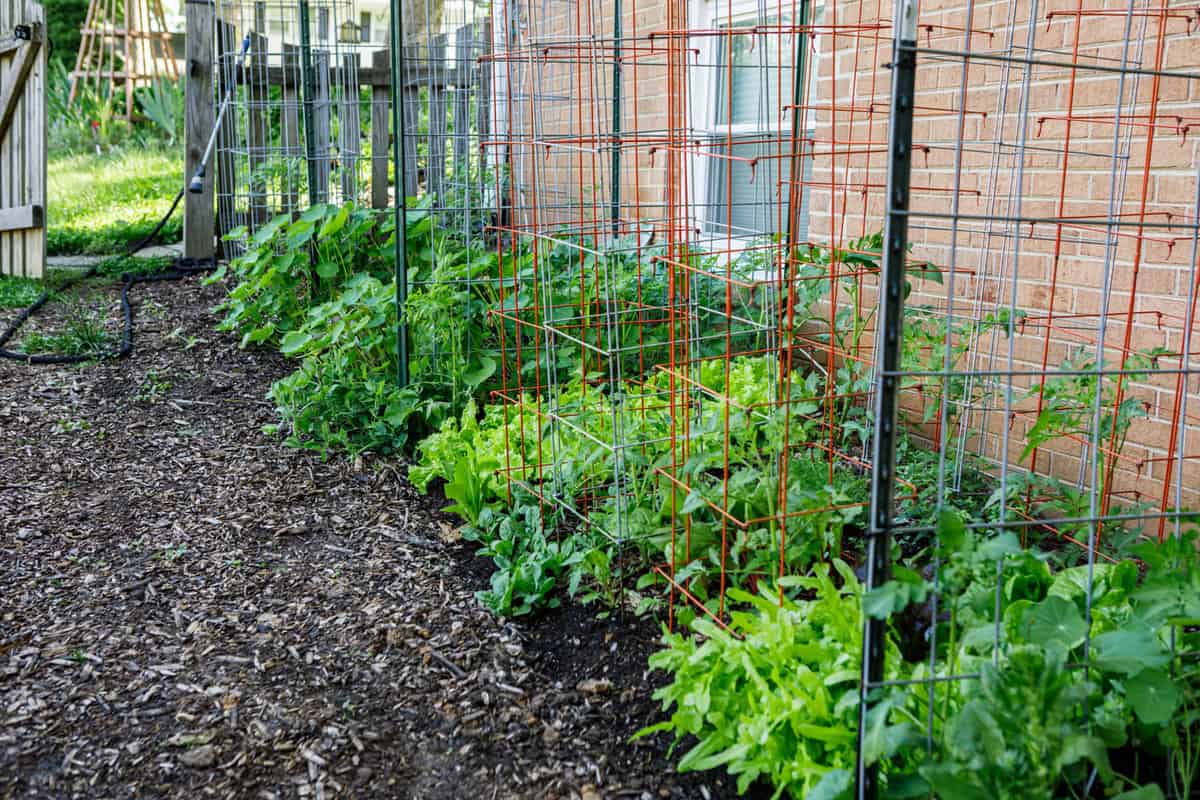
Ensure they are well-watered and mulched to maintain optimal hydration levels and prevent excessive water loss.
Zone 8 Gardening: Plants That Thrive in Your Region
If you live in USDA Zone 8, which covers parts of the Pacific Northwest and the American South, including Texas and Florida, you're in luck!
This region enjoys mild winters with low temperatures between 10 and 20 degrees F and temperate summers with cooler nights and a long growing season.
Here are some tips and plant suggestions for successful Zone 8 gardening:
Vegetable Tips
In Zone 8, you can grow a wide range of garden vegetables. Take advantage of the long growing season by planting cool-season vegetables like carrots, peas, celery, and broccoli early for successive plantings.
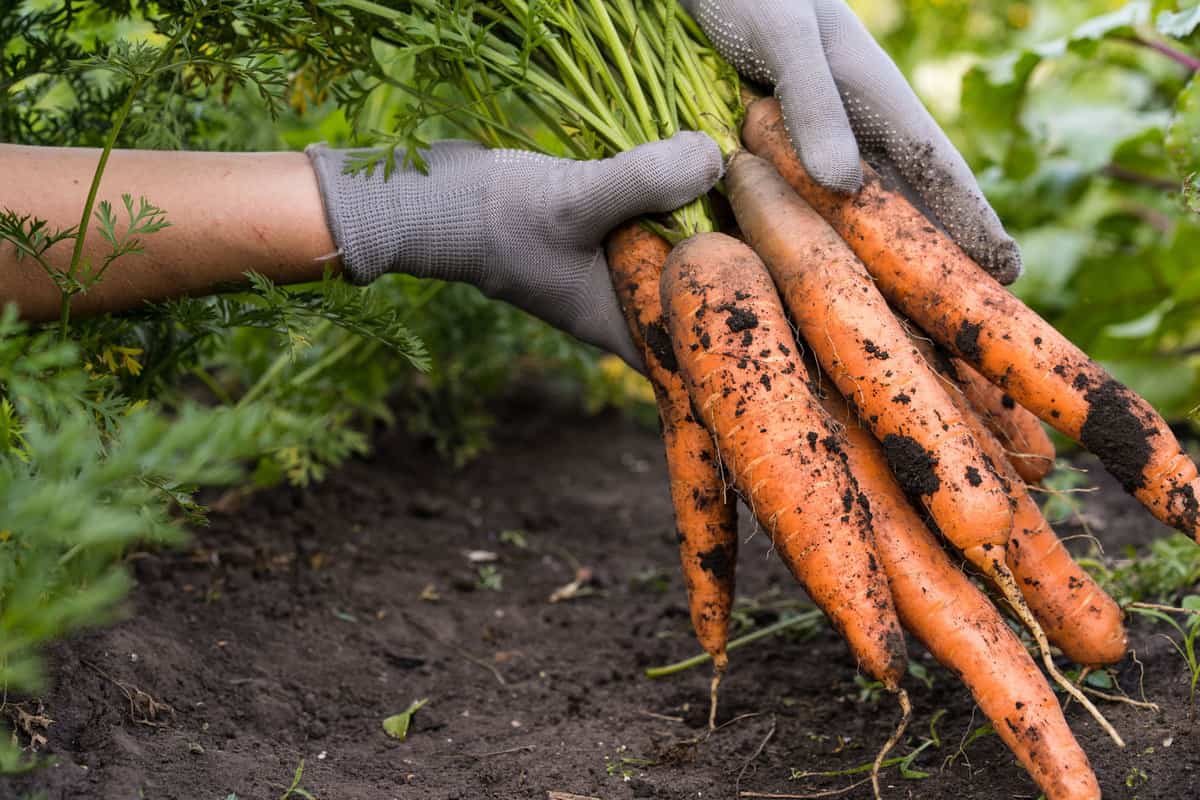
Salad greens, collards, and spinach also thrive as Zone 8 plants.
Sow seeds in early spring or late winter for an early summer harvest and again in early fall for a winter harvest.
Fruit Trees and Brambles
Zone 8 is perfect for growing fruit trees and shrubs. Enjoy backyard favorites like apples, pears, apricots, figs, cherries, and citrus trees.
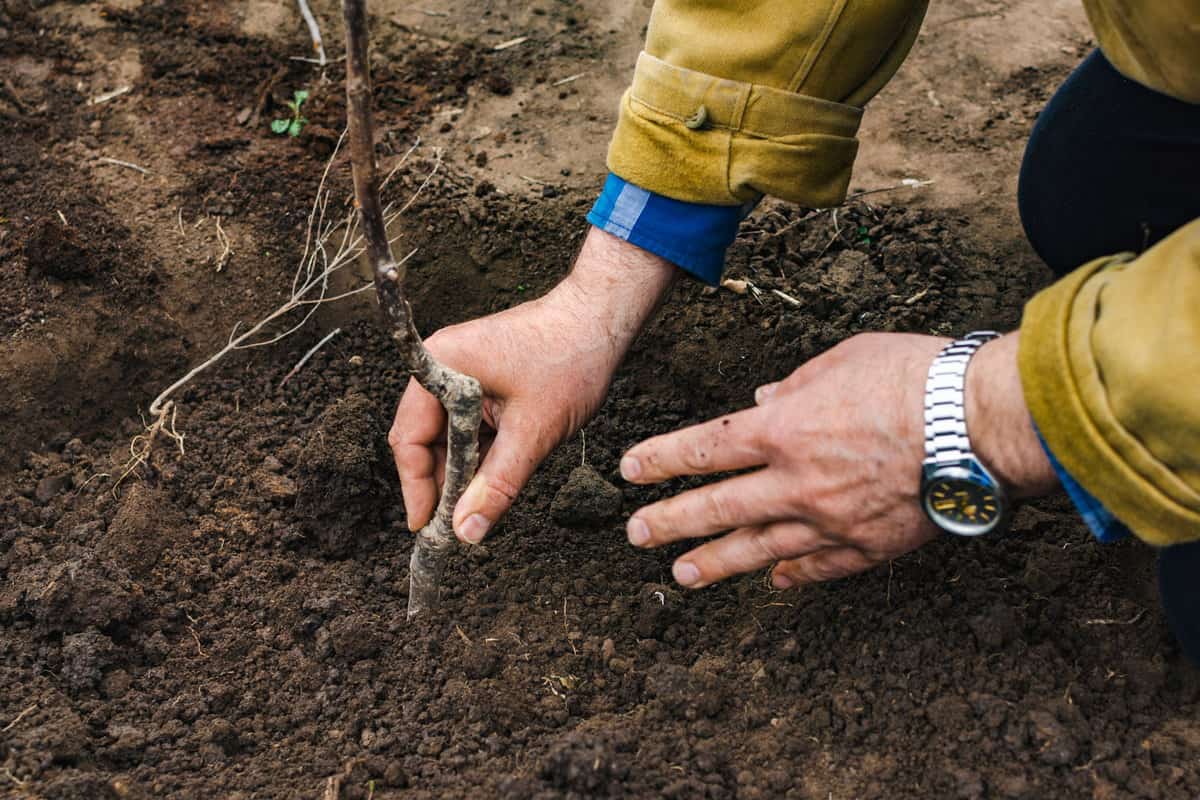
You can also explore unique options such as persimmons, pineapple guava, or pomegranates. Nut trees like pecans and walnuts also do well in this zone.
Herb Delights
Nearly all herbs thrive in Zone 8. Consider planting chives, sorrel, thyme, marjoram, oregano, rosemary, and sage to enhance your culinary adventures. These herbs will add flavor and fragrance to your garden and kitchen.
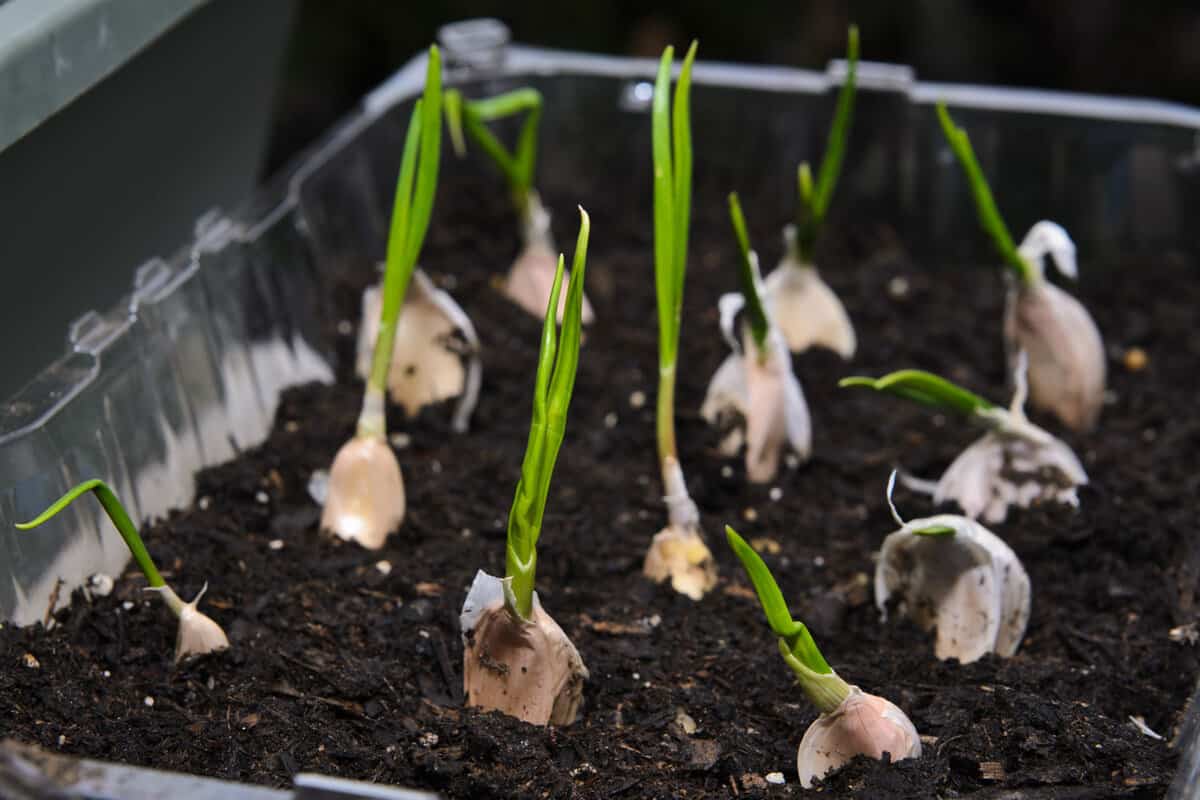
Beautiful Blooms
Zone 8 offers a plethora of flowering plants to brighten your garden. Popular choices include bird of paradise, bottlebrush, butterfly bush, hibiscus, Christmas cactus, lantana, and Indian hawthorn.
With so many options, you're sure to find colorful blooms that suit your taste.
In Closing
In Zone 8, the possibilities for a thriving garden are endless. From vegetables to fruit trees, herbs, and flowering plants, there's a wide array of choices to explore.
The zone's warm climate and abundant sunshine offer a magnificent stage for gardeners to showcase their horticultural prowess.
By implementing these ten secret strategies and providing continuous care and maintenance, you'll unlock the secrets to a thriving garden in Zone 8.
So venture forth, dear gardener, with these secret tips, and create a breathtaking oasis that bursts with life, color, and vitality.
Let your Zone 8 garden be a testament to the remarkable beauty that can flourish in even the warmest of climates!
